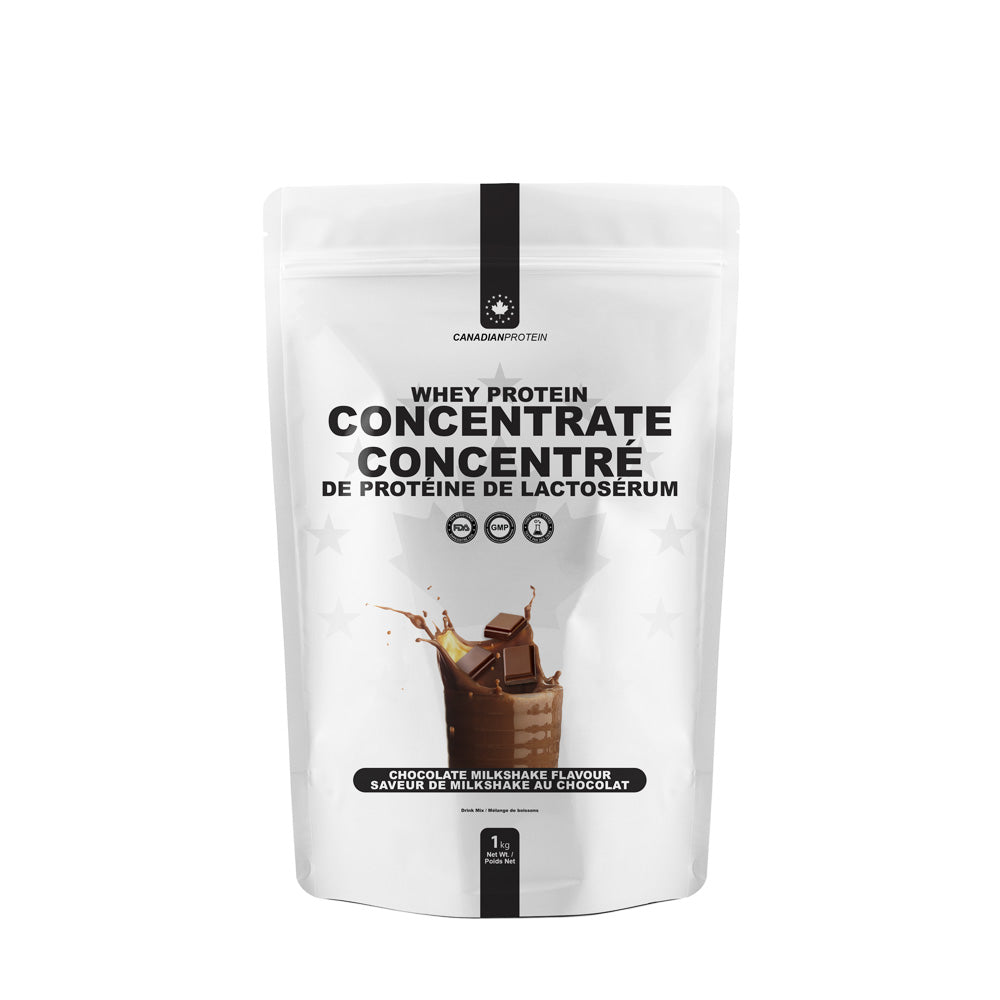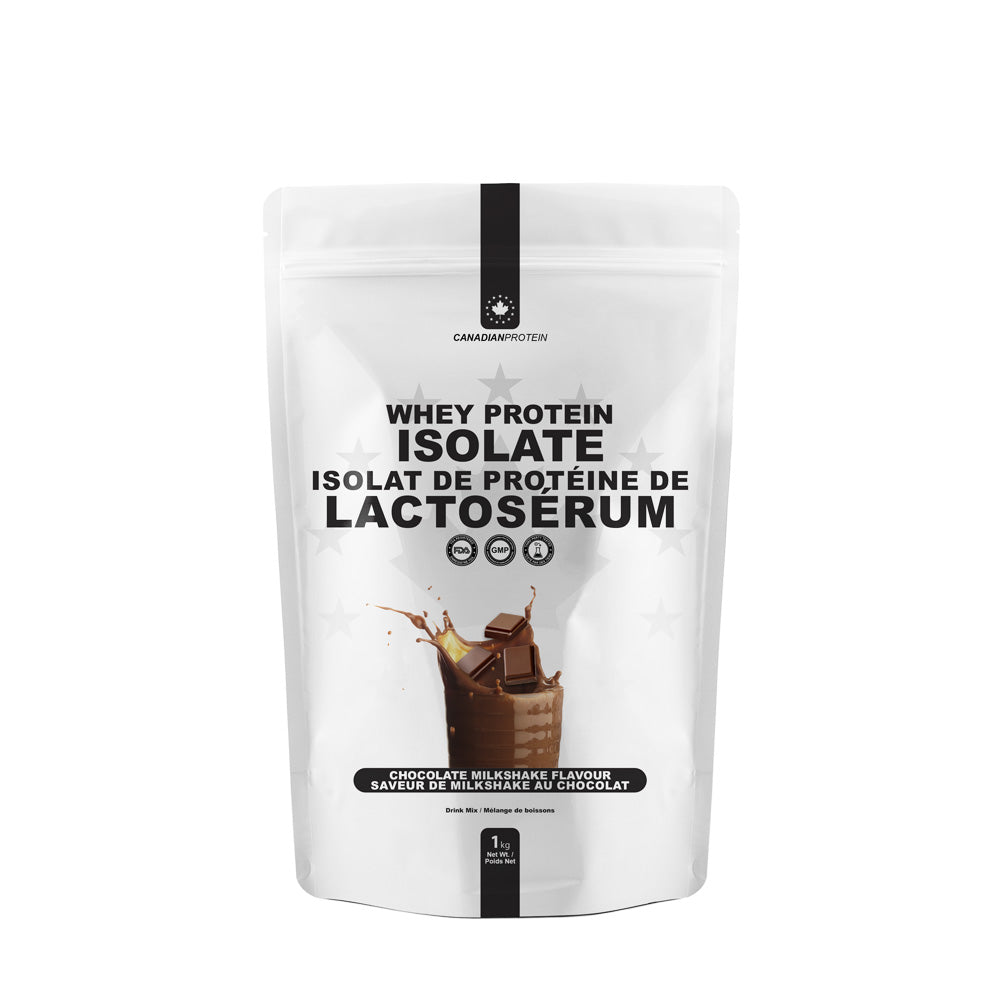The paleo diet is currently one of the most popular diets in the world of health and fitness. We say diet, but in fact, going paleo is more about changing your lifestyle and adopting brand new eating habits that you can hopefully stick with for the foreseeable long-term future. The paleo diet is sometimes known as the ‘caveman diet’ as it is a diet plan that is heavily influenced by how our Neanderthal ancestors used to eat millions of years ago. During the Palaeolithic era, our ancestors were known as ‘hunter gatherers’. Food back then, couldn’t be grown, farmed, harvested, or purchased. It had to instead be killed, found, or foraged. Cavemen would eat foods like meat, fish, eggs, nuts, seeds, fruits, berries, and some forms of vegetables. We’ve only really been eating processed foods for the last 10,000 years. Which, although is a huge amount of time, from an evolutionary standpoint it’s simply not enough time for our digestive systems to have adapted to the processed foods we now consume. Paleo diets help you to lose weight, eat natural foods, avoid processed foods, and avoid food allergies and intolerances. If you want your paleo diet to be successful however, you need to ensure you do it right. Here’s a look at some common paleo diet mistakes to avoid.
Relying on ready-prepped convenience meals

The whole idea behind paleo is that you avoid processed foods, so why are so many paleo-dieters relying on pre-packed convenience meals? Well, the reason for this is simply because there are many companies out there looking to cash in on the popularity of paleo and offer paleo-friendly ready meals. Sure, these meals may indeed be paleo-friendly, but that doesn’t necessarily make them healthy. Cuts of meat used will likely be cheaper and less-healthy than fresh ones you can source from your butchers. The veggies used may have been frozen and prepared well in advance, which would make them less-nutritious. As a last resort when time is against you, a paleo-friendly ready meal will certainly do you more good than a bread and pasta sandwich, but 99% of the time, try to ensure the foods that you consume are fresh and natural.
Using it as a weight loss diet
When people hear the word ‘diet’ they automatically think of weight loss. While the paleo diet does indeed help you to lose weight, weight loss is not actually its primary purpose. Despite this, some people will still use the diet as way of losing weight and will wonder why the pounds aren’t coming off as quickly as they did when they followed the latest juice fast detox diet where they starved themselves. Paleo is a lifestyle, and as such, you need to be in it for the long-haul. If you’re looking for a quick fix for that spare tyre hanging around your mid-section, unfortunately paleo isn’t for you. If you want to eat healthy foods, improve your health and fitness, avoid food allergies and intolerances, persevere lean muscle, and lose a little weight as an added bonus without constantly feeling hungry, paleo is perfect.
Not getting enough calcium

Some paleo diet plans allow for a small amount of dairy, as technically, dairy does come from an animal. However, there’s no way that cavemen knew how to make cheese, and it is highly unlikely that they used to drink milk from cows, sheep, or goats either, so most paleo diets don’t include it. As you know, as well as being rich in protein, dairy is also a fantastic source of calcium. Calcium is a mineral which helps to make our bones big and strong and a lack of this mineral can leave them soft and brittle. If you aren’t consuming dairy because of your paleo diet plan then you need to remember to consume calcium from other sources. Green leafy vegetables such as broccoli, kale, and spinach, are surprisingly rich in calcium. In fact, spinach, pound for pound, contains more calcium than milk. Basically, this means that 100g of spinach would provide more calcium than 100g of milk. Green leafy vegetables are also packed full of important vitamins, minerals, and antioxidants, which is yet another reason to consume more of them.
Eating the wrong fats
On paleo, eating fat isn’t just allowed, it is actively encouraged. The main problem that some people have when it comes to eating fat on paleo, is that they consume the wrong types of fat. Not all fats and fat sources were created equal, and while some are very good for us, there are others that are very bad. A salmon fillet for example, would be very healthy because the fats that it contains are essential omega-3 fatty acids, which provide numerous health advantages for our bodies. An enormous chunk of salami however, would contain processed ingredients and unhealthy fats that aren’t healthy for you at all. Most processed meats aren’t suitable for paleo diets, yet people see the word ‘meat’ and assume it’s fine. Before they know it, they’ve consumed far too much fat, salt, and other artificial ingredients which are harming their health and hindering their progress on paleo.
Eating too many nuts
Okay, stop laughing, we’re all adults here. Yes, it is recommended that you eat nuts on paleo, but like all things in life, you can have too much of a good thing. Whether they’re snacking on whole nuts, baking with almond flour, consuming nut butter straight out of the jar, or even coating their meat in a herb and nut crust, if people consume too many nuts on paleo, they may pay the price. Nuts contain compounds such as phytates and lectins, which are compounds designed to protect the nuts in the wild from harsh weather. The problem is that these compounds can potentially harm your digestive tract. Phytic acid and lectins actually prevent nutrient absorption and inhibit enzymes from doing their job. This can potentially result in nutrient deficiencies and digestive issues, which, ironically, paleo diets are supposed to prevent. You can of course consume nuts on paleo, but just try not to consume too many.













